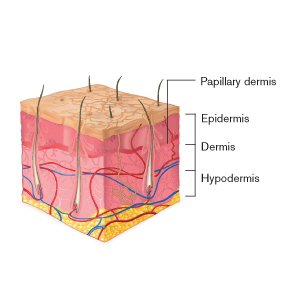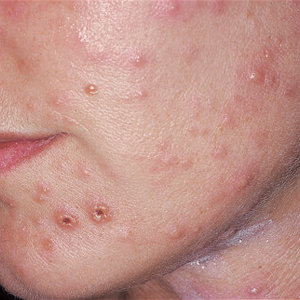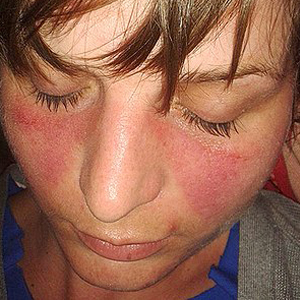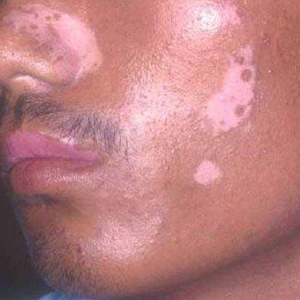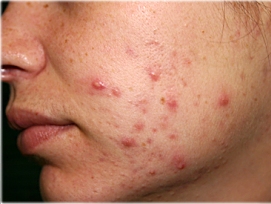Skin Treatments!
There are numerous skin diseases, complaints and general ailments that can be contacted, with conditions such as Psoriasis, Eczema and Utrauna Psoriasis Vitiligo, Eczema, Urticaria, Lichen Planus, Dandruff, Acne Vulgaris, Allergy probably the most common. They can be caught in a number of different ways, with allergies, over exposure to hot conditions, genetic disorders and mental stress and fatigue being the most common. None are fatal nor contagious, however swift treatment is advised, as depending on the severity of the attack the spots, blemishes and itches caused by these conditions can be very uncomfortable for the sufferer and the slight disfigurement that occurs to the skin can make you self-conscious of your appearance.















